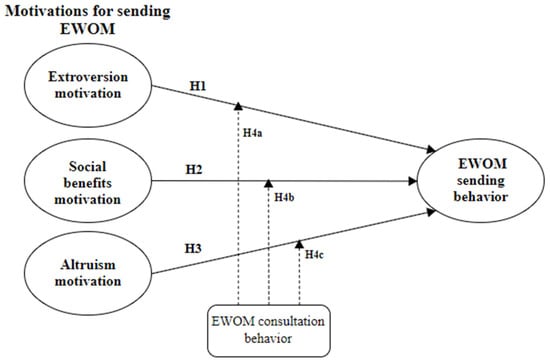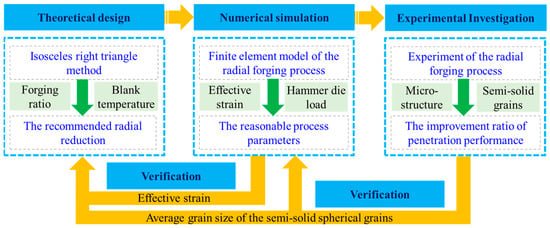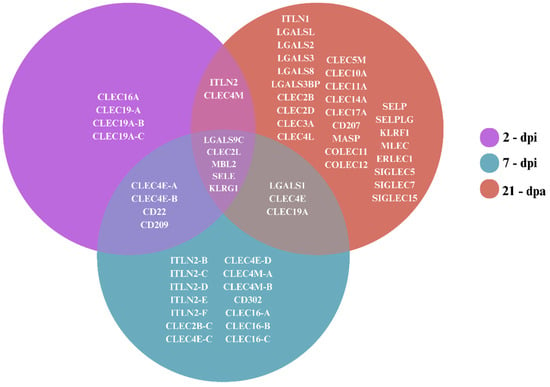Depression is heritable, differs by sex, and has environmental risk factors such as cigarette smoking. However, the effect of single nucleotide polymorphisms (SNPs) on depression through cigarette smoking and the role of sex is unclear. In order to examine the association of SNPs with depression and smoking in the UK Biobank with replication in the COPDGene study, we used counterfactual-based mediation analysis to test the indirect or mediated effect of SNPs on broad depression through the log of pack-years of cigarette smoking, adjusting for age, sex, current smoking status, and genetic ancestry (via principal components). In secondary analyses, we adjusted for age, sex, current smoking status, genetic ancestry (via principal components), income, education, and living status (urban vs. rural). In addition, we examined sex-stratified mediation models and sex-moderated mediation models. For both analyses, we adjusted for age, current smoking status, and genetic ancestry (via principal components). In the UK Biobank, rs6424532 [
LOC105378800] had a statistically significant indirect effect on broad depression through the log of pack-years of cigarette smoking (
p = 4.0 × 10
−4) among all participants and a marginally significant indirect effect among females (
p = 0.02) and males (
p = 4.0 × 10
−3). Moreover, rs10501696 [
GRM5] had a marginally significant indirect effect on broad depression through the log of pack-years of cigarette smoking (
p = 0.01) among all participants and a significant indirect effect among females (
p = 2.2 × 10
−3). In the secondary analyses, the sex-moderated indirect effect was marginally significant for rs10501696 [
GRM5] on broad depression through the log of pack-years of cigarette smoking (
p = 0.01). In the COPDGene study, the effect of an SNP (rs10501696) in
GRM5 on depressive symptoms and medication was mediated by log of pack-years (
p = 0.02); however, no SNPs had a sex-moderated mediated effect on depressive symptoms. In the UK Biobank, we found SNPs in two genes [
LOC105378800,
GRM5] with an indirect effect on broad depression through the log of pack-years of cigarette smoking. In addition, the indirect effect for
GRM5 on broad depression through smoking may be moderated by sex. These results suggest that genetic regions associated with broad depression may be mediated by cigarette smoking and this relationship may be moderated by sex.
Full article
 IJMS
IMPACT
IJMS
IMPACT Applied Sciences
IMPACT
Applied Sciences
IMPACT Sustainability
IMPACT
Sustainability
IMPACT Sensors
IMPACT
Sensors
IMPACT JCM
IMPACT
JCM
IMPACT Energies
IMPACT
Energies
IMPACT Molecules
IMPACT
Molecules
IMPACT Materials
IMPACT
Materials
IMPACT Remote Sensing
IMPACT
Remote Sensing
IMPACT Cancers
IMPACT
Cancers
IMPACT Electronics
IMPACT
Electronics
IMPACT Mathematics
IMPACT
Mathematics
IMPACT Foods
IMPACT
Foods
IMPACT Buildings
IMPACT
Buildings
IMPACT Plants
IMPACT
Plants
IMPACT Nutrients
IMPACT
Nutrients
IMPACT Animals
IMPACT
Animals
IMPACT Polymers
IMPACT
Polymers
IMPACT Water
IMPACT
Water
IMPACT Diagnostics
IMPACT
Diagnostics
IMPACT Biomedicines
IMPACT
Biomedicines
IMPACT Agronomy
IMPACT
Agronomy
IMPACT Microorganisms
IMPACT
Microorganisms
IMPACT Processes
IMPACT
Processes
IMPACT Healthcare
IMPACT
Healthcare
IMPACT Forests
IMPACT
Forests
IMPACT Cells
IMPACT
Cells
IMPACT JMSE
IMPACT
JMSE
IMPACT Medicina
IMPACT
Medicina
IMPACT Viruses
IMPACT
Viruses
IMPACT Agriculture
IMPACT
Agriculture
IMPACT Nanomaterials
IMPACT
Nanomaterials
IMPACT IJERPH
IJERPH
 Land
IMPACT
Land
IMPACT Pharmaceutics
IMPACT
Pharmaceutics
IMPACT Pharmaceuticals
IMPACT
Pharmaceuticals
IMPACT Religions
IMPACT
Religions
IMPACT Biomolecules
IMPACT
Biomolecules
IMPACT Life
IMPACT
Life
IMPACT Micromachines
IMPACT
Micromachines
IMPACT Atmosphere
IMPACT
Atmosphere
IMPACT Antioxidants
IMPACT
Antioxidants
IMPACT Genes
IMPACT
Genes
IMPACT Metals
IMPACT
Metals
IMPACT Symmetry
IMPACT
Symmetry
IMPACT Children
IMPACT
Children
IMPACT Coatings
IMPACT
Coatings
IMPACT Vaccines
IMPACT
Vaccines
IMPACT Horticulturae
IMPACT
Horticulturae
IMPACT Education Sciences
IMPACT
Education Sciences
IMPACT Minerals
IMPACT
Minerals
IMPACT Brain Sciences
IMPACT
Brain Sciences
IMPACT JPM
IMPACT
JPM
IMPACT Bioengineering
IMPACT
Bioengineering
IMPACT








